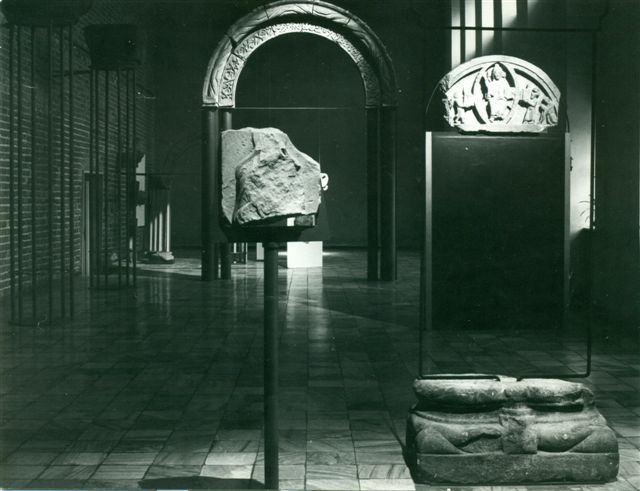History of the museum
The Museum of Architecture in Wroclaw was established in 1965, initially as a branch of the Museum of the City of Wroclaw, and operated under the name Museum of Architecture and Reconstruction. The founder of the museum was Wroclaw’s main conservator of historical monuments and later professor at the Technical University of Wroclaw, Olgierd Czerner, who led the institution from its founding until the year 2000. The initial goal of the museum was first and foremost sourcing and inventorying the surviving remnants of architectural details from buildings ruined during the war. The most valuable of them were collected in a permanent, constantly increasing exhibition in the Romanesque Hall.


The museum is housed in a historic complex of former Bernardine monastery, built in the second half of the fifteenth and early sixteenth century. The monastery complex was severely damaged during World War II and was partially ruined for nearly two decades. The reconstruction of the building, conducted since 1960 in accordance with the designs of Edmund Małachowicz, finally ended in 1974 with the opening of the former church of St. Bernardine of Siena, where the main exhibition hall of the museum is located.


Over time, the museum has expanded its focus to the whole territory of Poland, devoting more attention to contemporary architecture. It has also started to collect exhibits on modernist architecture from the interwar period. –* We’ve realized that the most prominent architects of that period are about to end their professional activity and we have one last chance to save what is left from their design documentation after the war *– said the director, Olgierd Czerner.
In 1971, the museum became independent and was renamed the Museum of Architecture in Wroclaw. As one of the first institutions of its kind in the world, it became a co-founder of the International Confederation of Architecture Museums (ICAM), which today brings together more than one hundred organizations working on almost all continents.

In the year 2000, Jerzy Ilkosz became the new director of the museum. Due to his interests, besides from presenting the contemporary Polish architecture, he focused on researching and presenting the architecture of Wroclaw modernism. It was also the time when the museum took over the collection of the Construction Archive of the City of Wroclaw covering more than 150 000 designs of buildings in Wrocław, dating from the early nineteenth century until 1945. At present, thanks to the use of European Union funds, more than 43 000 archival designs were digitized and made available on the website of the Construction Archive.






